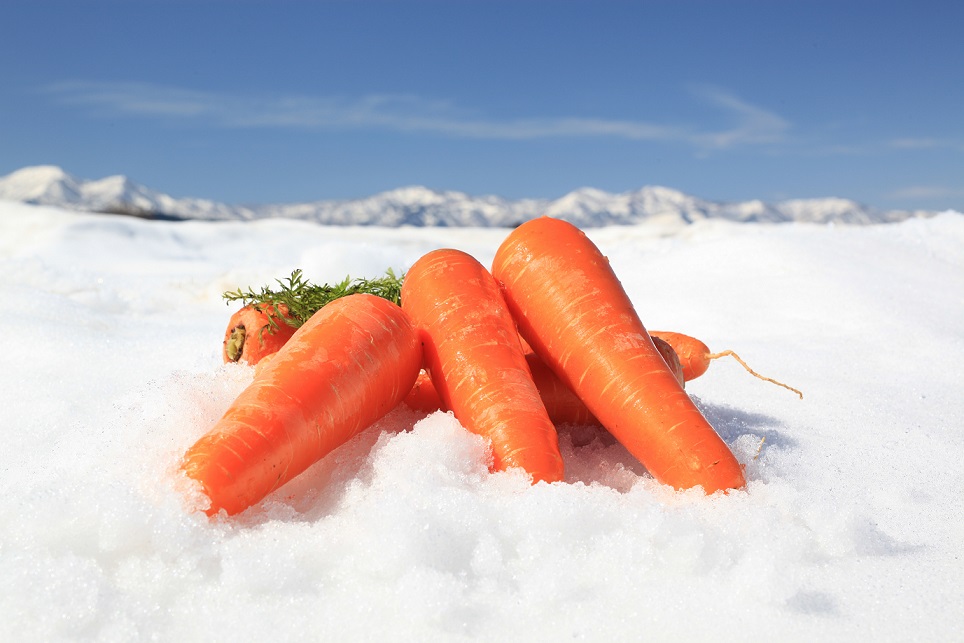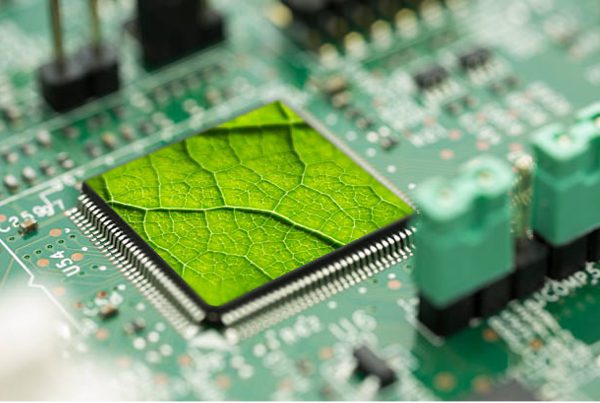Niigata is one of the places with the highest snowfall in the world. The dry, cold atmospheric pressure from the continent that flows is warmed by the Tsushima Current in the Sea of Japan. Water vapor is generated around the Sea of Japan, forming snow cloud with high humidity. As a result, heavy snowfall is concentrated along the Sea of Japan side.
Snow that falls around this region is different from snow that falls in Hokkaido, which is drier and more powdery.
Snow Country
“Snow Country” is the title of a popular novel written by Yasunori Kawabata in 1935, set in Yuzawa city in Niigata. This is the book with the famous phrase that all Japanese people know, “The train came out of the long tunnel into the snow country.”
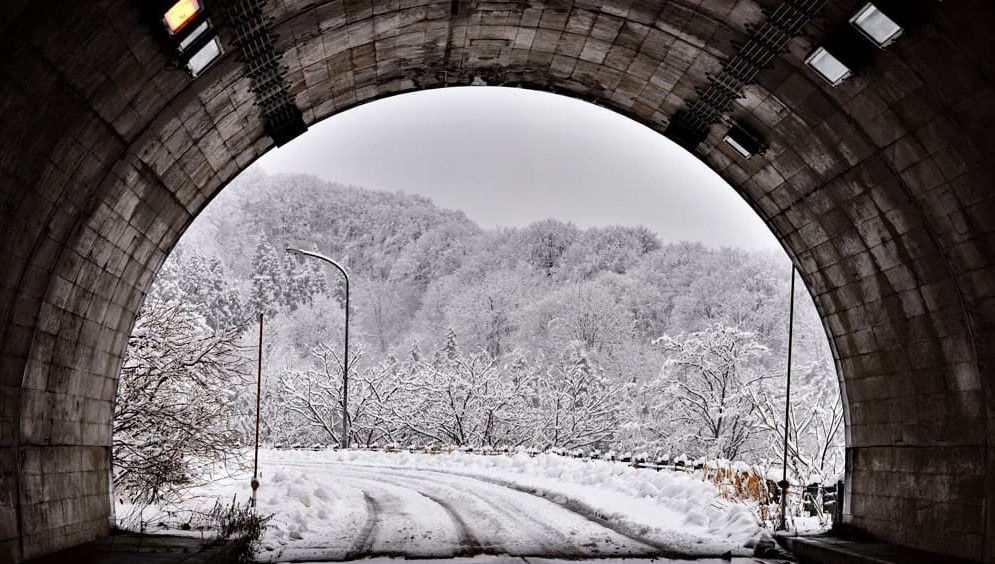
“The train came out of the long tunnel into the snow country.” Image by Kayabuki
Next to Yuzawa city, lies another small town by the name of Tsunan city. Tsunan City is located at the border between Niigata prefecture and Nagano prefecture. The average yearly snowfall in the city is approximately 1,349cm with January and February seeing around 300 – 400cm of snowfall.
With such high snowfall, the humidity from the snow moisturizes the rice fields to produce one of the best rice and rice wine in Japan. But at the same time, agriculture comes to a standstill in Winter. Moreover, cities used to be isolated by thick snow walls in Winter. With transportation becoming a challenge, how do people in Tsunan city manage?
Image on right via Nippon.com website
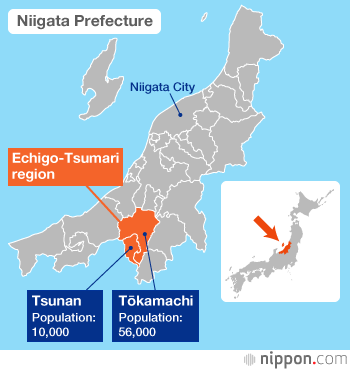
How can snow be utilized in agriculture to ensure vegetables could be accessible in the harsh Winter?
The Straw Refrigerator
Have you ever heard of the Radish Tsugura? It is made of dried straw and functions as a storage space for vegetables.
At Tsunan City, it has been said that people in this city have been storing their food in Winter by weaving such straw refrigerators.
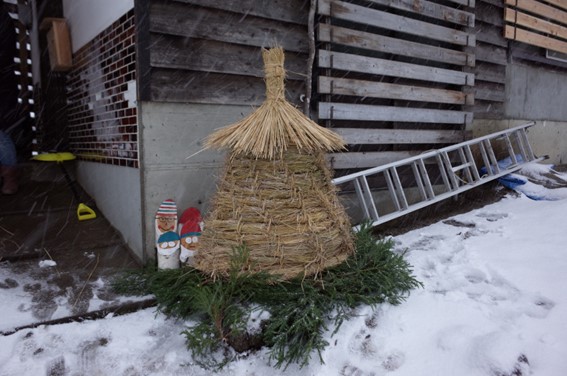
Radish tsugura, also known as the “straw refrigerator” placed outdoors next to
the home for easy access to food stored inside. Image via Kawatsuya
With the higher humidity in the snow that falls in this region, vegetables could be kept fresh in the “straw refrigerators” up till May when Spring comes. Cedar leaves are placed at the bottom of the straw to prevent mice.
How Does it Work?
When vegetables are kept under snow, the snow covering the vegetables prevent temperature changes from the wind and other external environment. The vegetables do not freeze. Unlike refrigerators, snow is humid that prevents dryness. Humidity is maintained above 90% and the lack of sunlight further facilitates the preservation process.
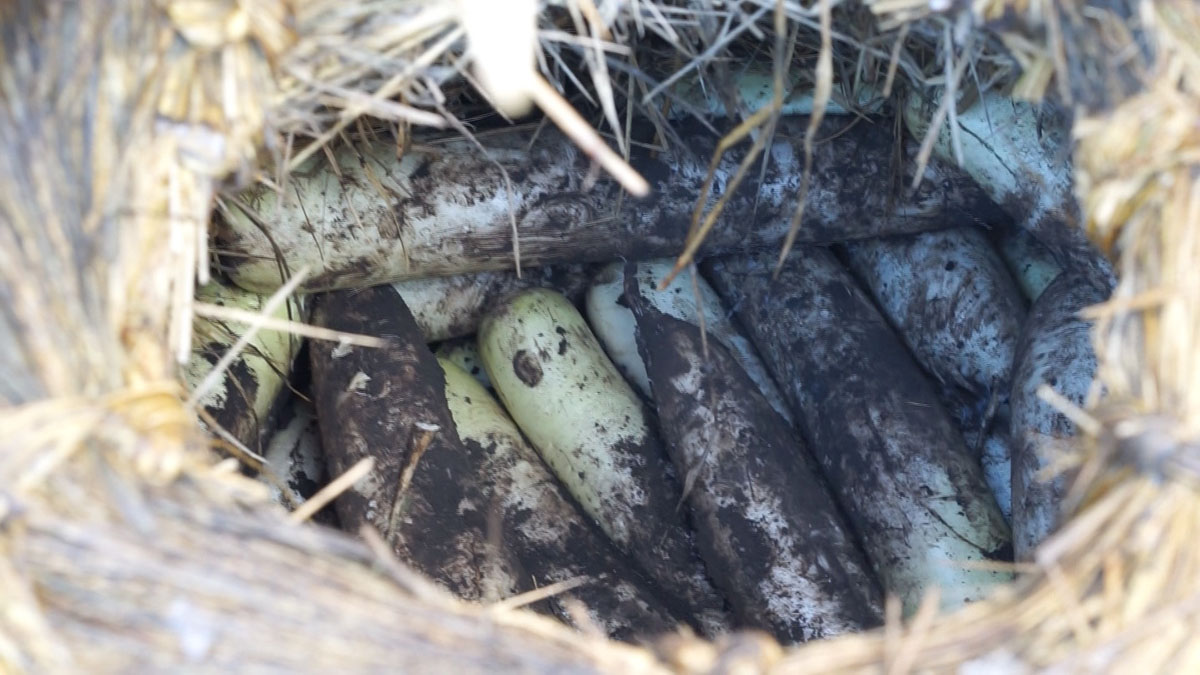
Image of unwashed radish kept in the Tsugura. Image via Snow & Journeys
Creating a Business Plan
Utilizing the same concept, farmers at Tsunan city came up with the idea of developing “snow rooms” called Yukimuro (雪室) to preserve fresh produce. Heavy snow removal machinery is used to get this process running, as the snow used is compact and heavy.
From an ecological standpoint, the snow room uses no electricity and thus reduce carbon emission. According to the Kuranokura website, the snow room at Tsunan City are estimated to reduce CO2 by approximately 10,782kg per annum.
It is indeed interesting to note that snow could be used to preserve food and reduce the need for electricity.
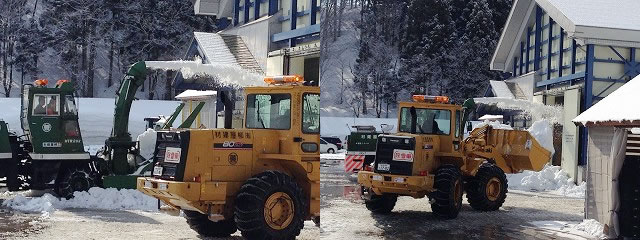
Images and video via Kuranokura website
Another method is used to store carrots under snow. Farmers would cultivate carrots from mid-July and leave it underground in winter (December – March) before harvesting. Farmers would then remove the snow (about 1 – 2 meters) between end-March to April by the time snow starts melting. These carrots are called “Yukimi” or “Yukiwari” carrots, and can easily be found in Niigata prefecture in Spring.
Carrots that are preserved in snow during Winter has its ‘green odor’ reduced, enhancing the sweetness of the taste.
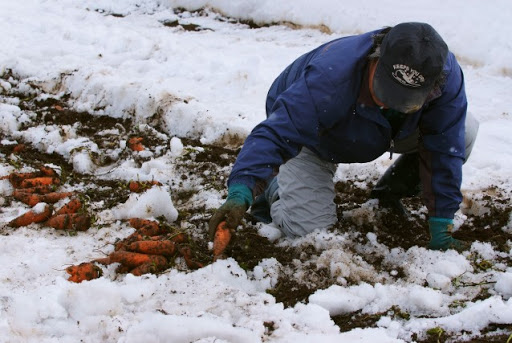
Man harvesting carrots preserved under snow. Image via Yukiguni website
Hitting Up Local Eats
When visiting Snow Country in Spring, please do consider trying the local produce. There are options of purchasing these snow-preserved vegetables, but we would highly recommend visiting local restaurants that serve these uniquely cultivated vegetables!
If you have tried these snow-preserved vegetables, what do you think of the taste?
Main image: Carrots preserved under snow. Image via maff website

